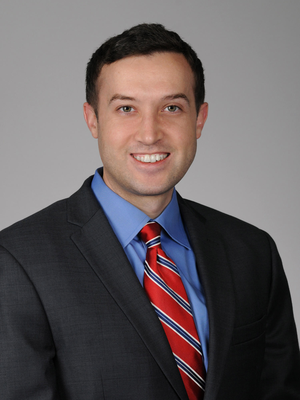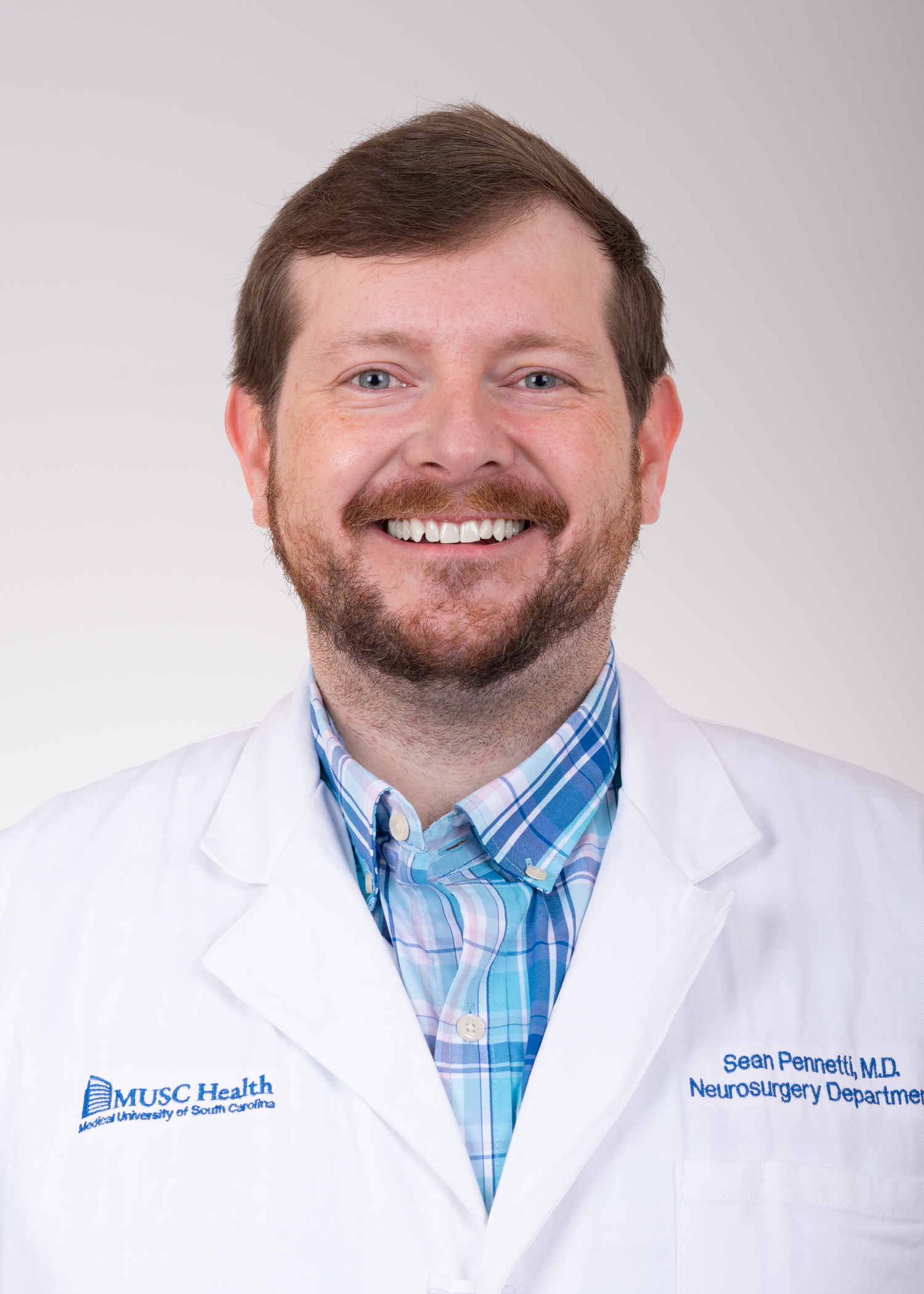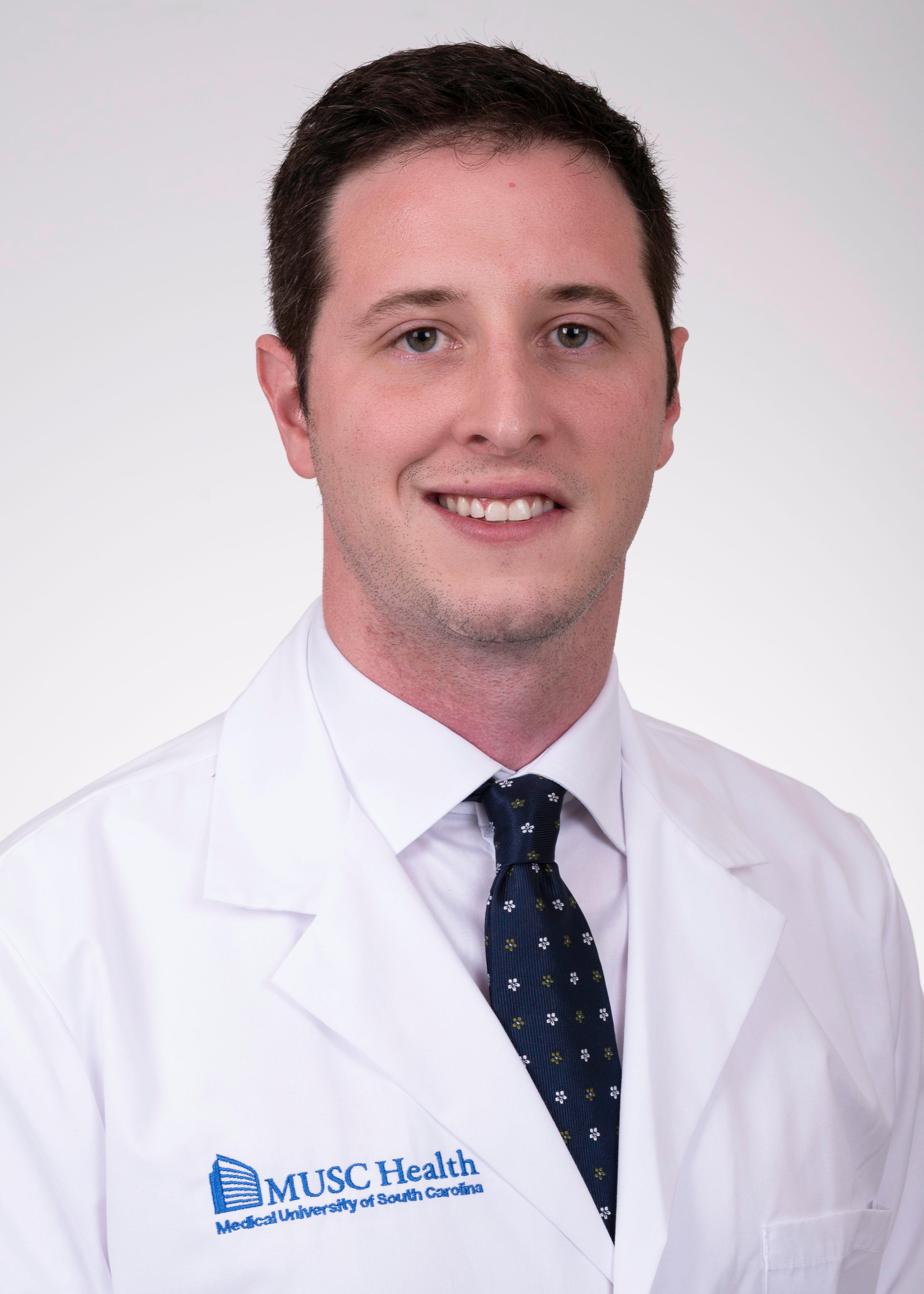Primary Brain Tumor Symptoms
The symptoms of a cancerous brain tumor often depend on where the tumor is located. Some possible symptoms include:
- Seizures — about a quarter of glioblastoma patients go to a doctor because they are having unexplained seizures.
- Vision changes — double vision, blurry vision or loss of vision in one area
- Mood, personality or behavior changes
- Leg or arm weakness
- Facial weakness
- Headaches that occur in the morning or that disappear after vomiting
- Confusion or problems with thinking












